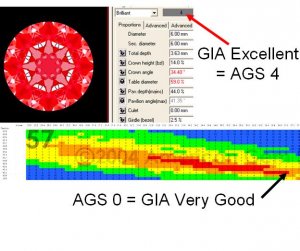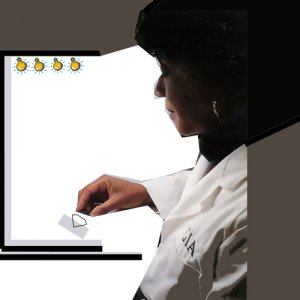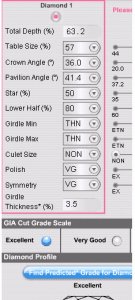Regular Guy
Ideal_Rock
- Joined
- Jul 6, 2004
- Messages
- 5,963
Garry,
I do appreciate both your genuine/critical and also, mature approach to reviewing this data. But, where you say:
Based on known even theoretical examples, are there some sets of proportions, for example, where you think an AGS0 would only go good or very good with GIA?
Regards,
I do appreciate both your genuine/critical and also, mature approach to reviewing this data. But, where you say:
I haven''t frequently heard the supposition that AGS zeros would be considered only good & very good by GIA...and I think people both have and can understand the "conical" approach to standards and hierarchy...that AGS may have a higher/stricter standard for excellence, such that, although virtually all GIA excellents would be regarded as also excellent by AGS, the reverse would not be true. This is logic that is understandable, and is typically considered to be the case right now, as well, described here often enough.Date: 8/31/2005 4:52:15 PM
Author: Garry H (Cut Nut)
Imagine the confusion for retailers and shoppers when GIA and AGS give the same diamond very different Cut grades?
This will be the case after the first of January 2006. There will be many diamonds graded GIA Excellent that will receive only Good grades from (AGS 2, 3, 4 & 5). There will also be AGS 0 or Ideal grade diamonds that will only receive GIA Good & Very Good grades.
And we are supposed to be the independant authorities in this field. It is going to be a big problem.
Based on known even theoretical examples, are there some sets of proportions, for example, where you think an AGS0 would only go good or very good with GIA?
Regards,










300x240.png)